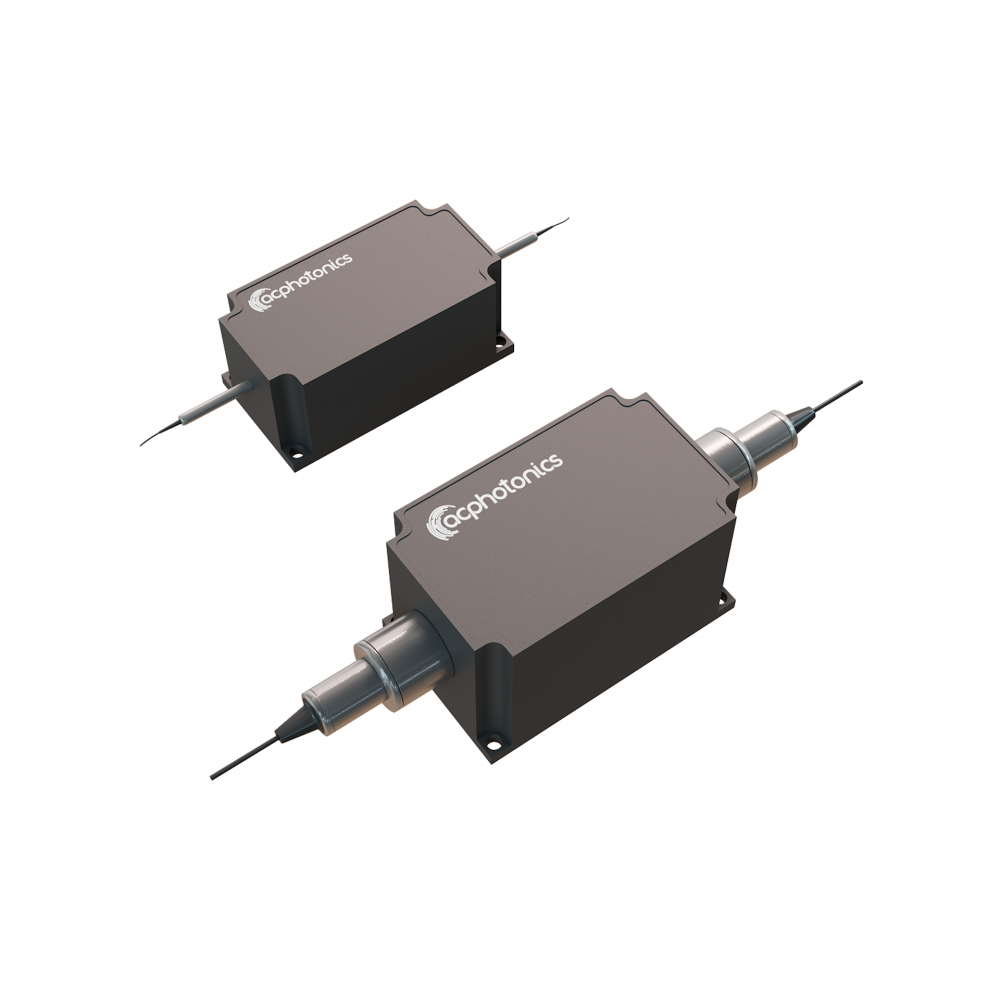

The axis of this polarizer plate is oriented in such a way that the relationship between the two types of rays is maintained. The Faraday rotator then rotates the polarization plane of each ray by 45°.Īfter exiting the Faraday rotator the two rays pass through the second birefringent plate. 4.5) is separated into ordinary and extraordinary rays by the first birefringent plate. Light traveling in the forward direction (left to right in Fig. Spatial walk off polarizer used at the input and output a) Propagation from left to right b) Propogation from right to left These plates could consist of a material such as $YVO_4$ or $TiO_2$.įigure 4.5 A polarization independent isolator. The core of the device consists of a 45° Faraday rotator that is placed between two wedge-shaped birefringent plates or walk-off polarizers. In practice, the optical isolator should be independent of the SOP since light in an optical link normally is not polarized.įigure 3.2 shows a design for a polarization-independent isolator that is made of three miniature optical components. However, such a design results in a 3-dB loss (one-half the power) when unpolarized light is passed through it, since it blocks one-half of the input signal. The simple ones depend on the state of polarization (SOP) of the input light as shown in figure 4.4.įigure 4.4 Principle of operation of isolator for particular state of polarization of the input signal Many design configurations of varying complexity exist for optical isolators. One common application of an optical isolator is to keep such light from entering a laser diode and possibly causing instabilities in the optical output. This is important in a number of instances to prevent scattered or reflected light from traveling in the reverse direction. Optical isolators are devices that allow light to pass through them in only one direction. Two examples of such a device are isolators and circulators * Only applicable to conventional isolatorIn a number of applications it is desirable to have a passive optical device that is nonreciprocal that is, it works differently when its inputs and outputs are reversed. **500W is only suitable for the wavelength of temperature range: 10℃-30℃.

*Only applicable to types with adjustable bandwidth Polarization-Dependent Type Model Number:HPISO-t-p-a-λ-w-h
#POLARIZATION INDEPENDENT OPTICAL ISOLATOR FREE#
All Free Space Isolators non-reciprocally rotates the plane of polarized light in 45°;.Customized free space isolators are available with peak isolation up to 45dB, maximum transmission above 95%, and aperture up to 45mm. It's usually used for maintaining the stability of optical system effectively in fiber laser system.ĬASTECH adopts high quality megneto-optic crystals with low absorption and high extinction ratios, and polarizers with low transmission losses to achieve outstanding performance. The polarization independent isolator consists of three main components, which are birefringent beam displacer (polarizer), Faraday Rotator, half-wave plate. The polarization dependent isolator, or Faraday isolator consists of three major parts which are input polarizer (polarized vertically),Faraday Rotator, and output polarizer (aligned at 45° relative to the input polarizer).

Free space isolators are divided into two categories: polarization dependent isolator and polarization independent isolator.


 0 kommentar(er)
0 kommentar(er)
